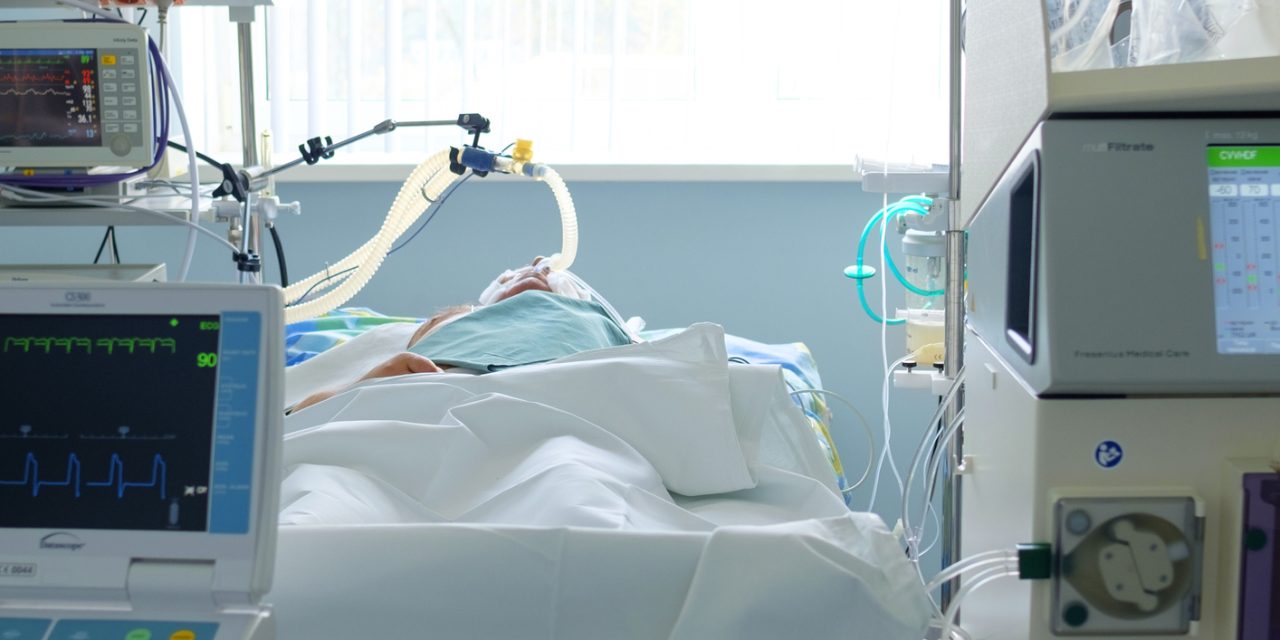Proteotoxicity from insufficient clearance of misfolded/damaged proteins exacerbates cardiac functional decline following a myocardial infarction (MI). Estrogen is known to play a crucial role in the survival rate of cardiomyocytes following a MI and is associated with increased protein degradation, however the mechanisms remain to be fully elucidated. Further estrogen has been shown to enhance myocardial protein kinase G (PKG) activity following an insult. In this study, we link this cardioprotective signaling pathway to the carboxyl terminus of Hsc70-interacting protein (Chip), specifically via phosphorylation at serine 20 (pS20). Chip is a unique effector of proteostasisfunctioning as both a co-chaperone and ubiquitin ligase. We test the role of Chip S20 with phospho-mimetic (SE) and phospho-null (SA) mice compared to WT mice in ovariectomized (OVX) and intact female mice following a MI. We did not observe anydifferences in cardiac function or proteostasis in sham mice regardless of genotype and OVX/intact surgery. Chip SE mice were protected against a MI in both OVX and intact female mice, as exhibited by maintained cardiac function and morphology. Chip WT, even moreso in Chip SA OVX mice, presented with decreased cardiac function, left ventricular chamber dilation and wall thinning, and myocardial fibrosis. Ubiquitinated proteins and protein aggregates were increased in the hearts of Chip SA OVX micewhile Chip SE OVX mice had little accumulation of either, both compared to Chip WT OVX mice. Notably the phospho-status of Chip S20 did not alter the degradative capacities of the proteasome or lysosome, suggesting the underlying mechanism for enhanced proteostasis is due to increase functionality of the Chip complex. Collectively these dataindicate phosphorylation of Chip S20 is a critical regulator of cardiac proteostasis and is able to afford protection to OVX mice following a MI. These findings have clinical potential as post-menopausal women are most at risk for deleterious outcomes following a heart attack.© FASEB.
Protein kinase G phosphorylation of Chip protects ovariectomized females from myocardial infarction.


